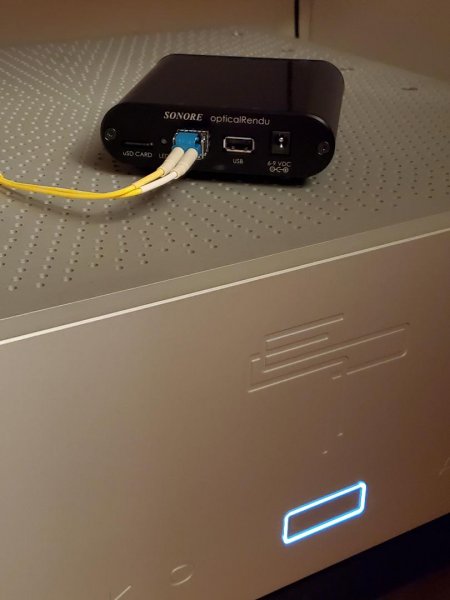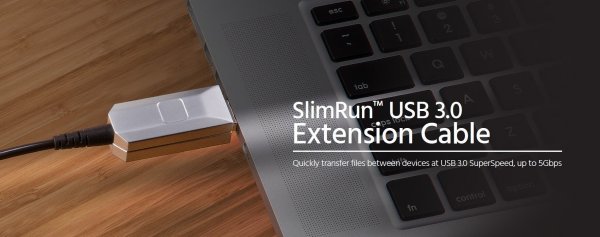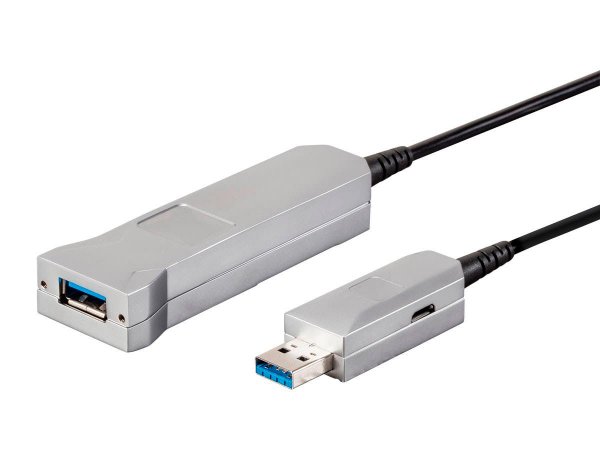SGM Extreme - 6 week experience: Server / Endpoint
For nearly a decade, it was a long held belief among many computer-based audiophiles, especially with HQP upsampling, that distributing tasks between a powerful but noisy server and a low-power, low-noise endpoint was the pathway to nirvana. The idea here is that the server was responsible for all the heavy lifting while the endpoint was responsible only for playback. For those who did not engage in HQP upsampling, it was a widely held belief that the low-power endpoint was the more important component and this was the basis for devices like the original SOtM sMS-100 and Sonore microRendu. No doubt, these devices have become very popular and have evolved into the much more refined sMS-200ultra Neo SE and opticalRendu that you can buy today. Because of its optical connection, Sonore has gone so far to suggest that in the absence of the need for HQP upsampling, the quality of the upstream server doesn't matter. At all. Or does it?

The premise for this statement is that quality digital file playback is purely about RF noise and an optical connection completely blocks RF noise. Because the oR uses a low-power, low-noise CPU, ultra-low noise linear regulators, low phase noise clocks, and a low noise microSD card for the OS, coupled with a good PSU, this solution should trump everything and in fact, the Rendu series won "Product of the Decade" on another site that would support that it does. Of course, if this was true, why wouldn't a battery powered laptop connected to your DAC via an optical Toslink connection be just as good? Zero ground noise and zero RF. There are, in fact, DAC manufacturers who believe exactly this.
I went ahead and tested and compared the opticalRendu, not to try and discredit it but rather for my own practical considerations. I have a 2nd listening room in my home office that is quite important to me as I spend a fair amount of time here. In fact, I am in my home office now as I type this. For the past 5 years, I have championed the practice of driving high sensitivity speakers on my desktop directly from my DAC. As my DAC has an output impedance of only 0.055 ohms and can output 2 watts at 8 ohms and is stable down to 4 ohms, I found some time ago that this DAC could very capably drive certain speakers without an intermediary speaker amp resulting in unbelievable transparency and when coupled with a small JL Audio subwoofer, could provide very satisfying full range sound from a near field perspective. While my large Wilsons powered by my D'Agostino Momentums more capably provide scale, this small desktop setup is still the more transparent and there is no detail, no matter how subtle, that escapes it. In other words, this setup deserves an Extreme as much as my main listening room but because of size, weight, and cost considerations, an Extreme on my desk is simply not practical. I thought perhaps that an opticalRendu using the Extreme as my Roon Server would work well here.
The opticalRendu does, in fact, work well. It's clear that Sonore has never used a server like the Extreme before because if they had, they would never make the claim that the server doesn't matter. Using an inexpensive i5-based NUC as my Roon Server, the oR sounds absolutely thin and puny compared against the Extreme coupled with the oR. You almost forget that the oR itself uses a low power CPU because the Extreme makes it sound so much fuller and more dynamic UNTIL I decide to bypass the oR and directly connect my Extreme to this DAC and then you realize that the oR significantly holds the Extreme back.
If I switch to my AMD 12-core 3900X Ryzen server as the Roon endpoint, using the Extreme as the Roon Server once again dramatically improves this endpoint but the results are even more satisfying than the oR. Dynamics are even better and there is significantly more body to the sound. If you can power a high-power computer well, I see ZERO benefit to using a weak CPU in an endpoint, even if that endpoint is responsible for something as simple as file playback using RoonBridge.
This finding led me to contemplate building a high-power Roon endpoint for my 2nd listening room but I decided not to go forward with this for 2 important reasons: (1) a high-power endpoint + external PSU would take up a lot of space on my desktop and (2) directly connecting the Extreme to this DAC still sounded A LOT better. Fortunately, I found a better solution that happens to be less expensive.


This inexpensive Monoprice SlimRun USB 3.0 extender is the functional equivalent of MSB's Pro USB adapter for a non-MSB DAC and comes in lengths of up to 164 feet and for the 65 foot length that I am using, I paid only $200 USD. Unlike a lot of other optical USB solutions, it is backward compatible with USB 2.0 and provides a pure optical data connection from server to DAC. While 5V VBUS and power to the receiving module is generally provided by the server's USB port, it can be fully bypassed with a 5V battery (or in my case, an LPS-1.2) resulting in complete galvanic isolation. To ensure that this is the case, I have shut off the 5V VBUS coming from the JCAT Femto USB card by pulling its jumper. Unlike the Corning optical USB cable (which I own and sounds horrible), this fiber USB extender when coupled with Sablon's latest USB cable sounds REALLY good and, to my ears, is superior to the Intona USB 3.0 isolator (which I find flattens the sound stage). There is a very obvious drop in noise floor resulting in greater clarity and definition with no perceptible downside that I can hear. The further benefit of this complete galvanic isolation is that I no longer hear any benefits from grounding the Extreme. This solution has proven so effective that I use it for both listening rooms but just as importantly, I am now fully leveraging the Extreme in both listening rooms without the use of a sound degrading endpoint.
Finally, I was curious to know how the Extreme would sound as a Roon endpoint while using my AMD 12-core server as the Roon server. Would the Extreme benefit from offloading some of the work to another high-power device? The presentation was full and dynamic but I found that the AMD server actually slowed down the Extreme and I say this quite literally. In this configuration, the Extreme sounds slower and it is a definite step backward. Thus far, the Extreme sounds best standalone.
More to follow...





